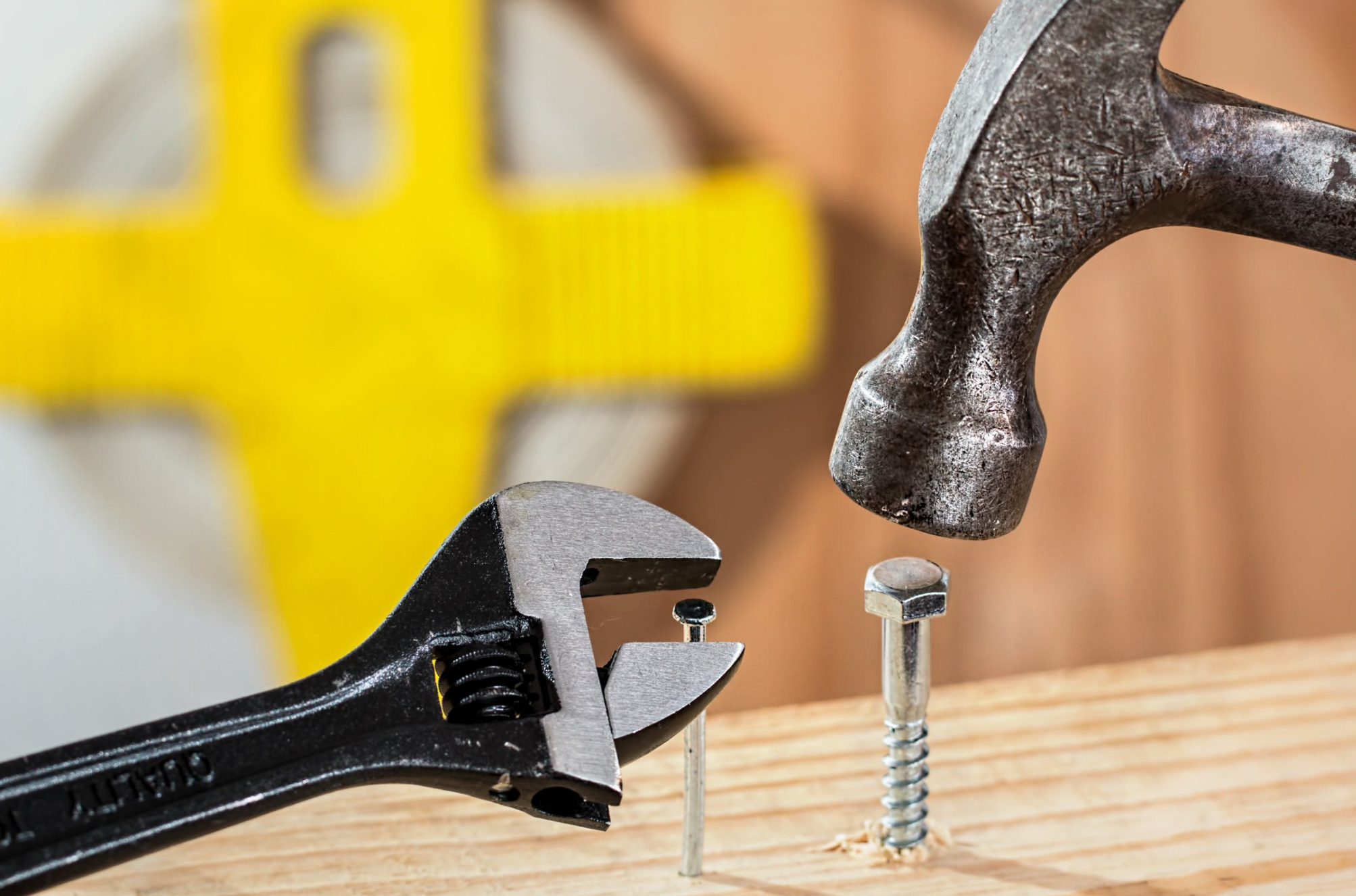The final stage of our digestion (for the purposes of this series) is the passage of foodstuffs through our large intestine, or colon. This organ is like a highway compared to the backroads of our small intestine; wider, more direct, built for volume. Read on for more…
So You’ve Been Diagnosed with an Autoimmune Disease
Fixing Digestion
Gut Healing Nutrition
Counter-intuitive is a phrase I often use when describing a GAPS or SCD-style elimination diet. In a world where raw vegetables wear glowing halos and plant protein powders are the hottest thing since sliced bread, it’s hard to explain why these foods might need to be temporarily traded for a simple diet of braised meats and boiled vegetables. But does it matter how many micrograms of copper are in your bowl of vegetarian chili if your body can’t actually digest and absorb those beans anyway? Nope, doesn't. Here are the key reasons that an uber-simple diet may be the best.
8 Dietary Triggers of Inflammation
Choosing a Treatment for Autoimmune Disease
Drug therapy for autoimmune disease is no one trick pony. Treatments vary widely and can focus on treating the symptoms, suppressing the immune system, moderating the pain, or all of the above. For many patients, the treatment plan starts at the shallow end of the drug spectrum and slowly creeps deeper as autoimmune symptoms progress (insert big-pharma-conspiracy-theorist rant here).
Autoimmune Disease; what and why
Autoimmune disease is on the rise. One in twelve Americans -and one in nine females- will develop some form of autoimmune disease in their lifetime. Between 2001 and 2009, rates of type 1 diabetes increased by 23%. Depending on who you ask, anywhere from 80 to 100 types of autoimmune diseases have already been discovered, with roughly 40 more diseases suspected of being autoimmune in nature. That frustrating recurring eczema? Yep, count it








